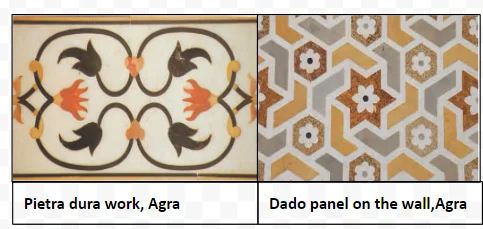![]() 20 Jun 2024
20 Jun 2024
Indo-Islamic architecture, a fusion of Indian and Islamic architectural styles, emerged prominently during the medieval period, reflecting the socio-political and cultural amalgamation of the two distinct civilizations. The study of this unique blend began in earnest during the 19th century, particularly under British colonial rule, when both British and Indian scholars began systematically documenting and exploring the vast array of architectural wonders.
Time Period: Islam arrived in India in the seventh and eighth centuries, it was brought by merchants, traders, holy men, and conquerors.
Hindu Influence: Hindus perceived multiple forms of god everywhere.


| Must Read | |
| Current Affairs | Editorial Analysis |
| Upsc Notes | Upsc Blogs |
| NCERT Notes | Free Main Answer Writing |
Indo-Islamic architecture is a unique blend of Islamic and Indian styles. It emerged during the Delhi Sultanate and reflects a fusion of religious and secular needs. Key features include mosques, tombs, dargahs, minars, and sarais. Styles include Imperial, Provincial (e.g., Gujarat), Mughal, and Deccani. Decorative elements encompass plasterwork, floral motifs, tiles, arabesque, calligraphy, and arches. Construction materials include stone, chunam, and brick. This architecture reflects a rich cultural exchange and artistic expression.
<div class="new-fform">
</div>